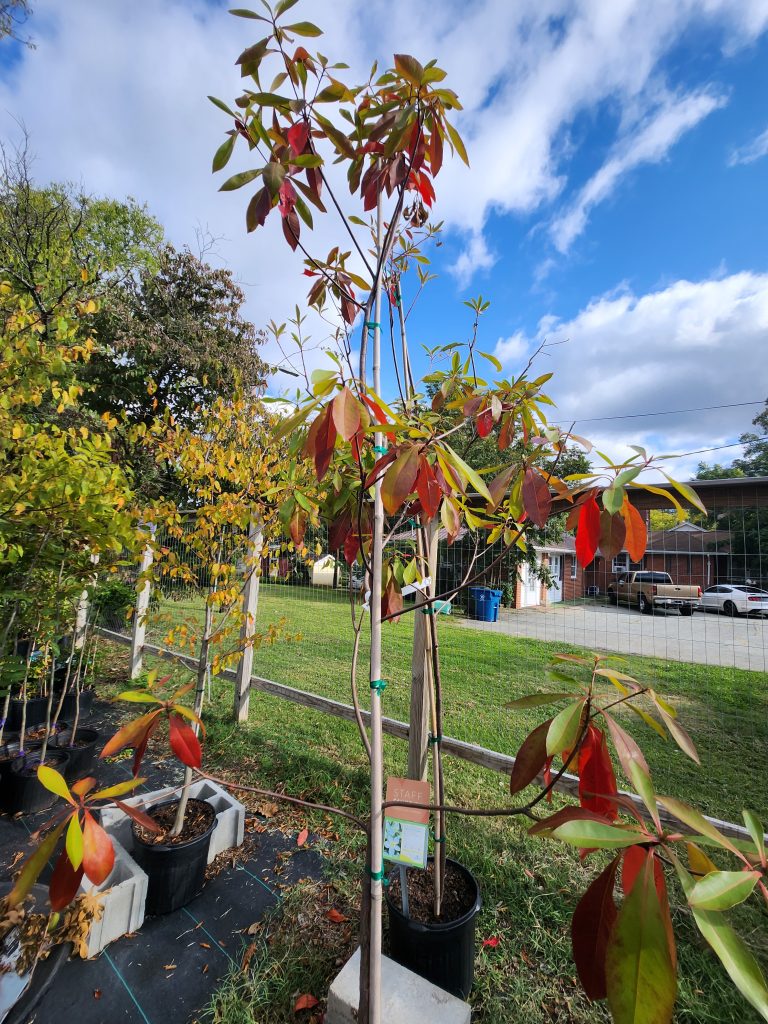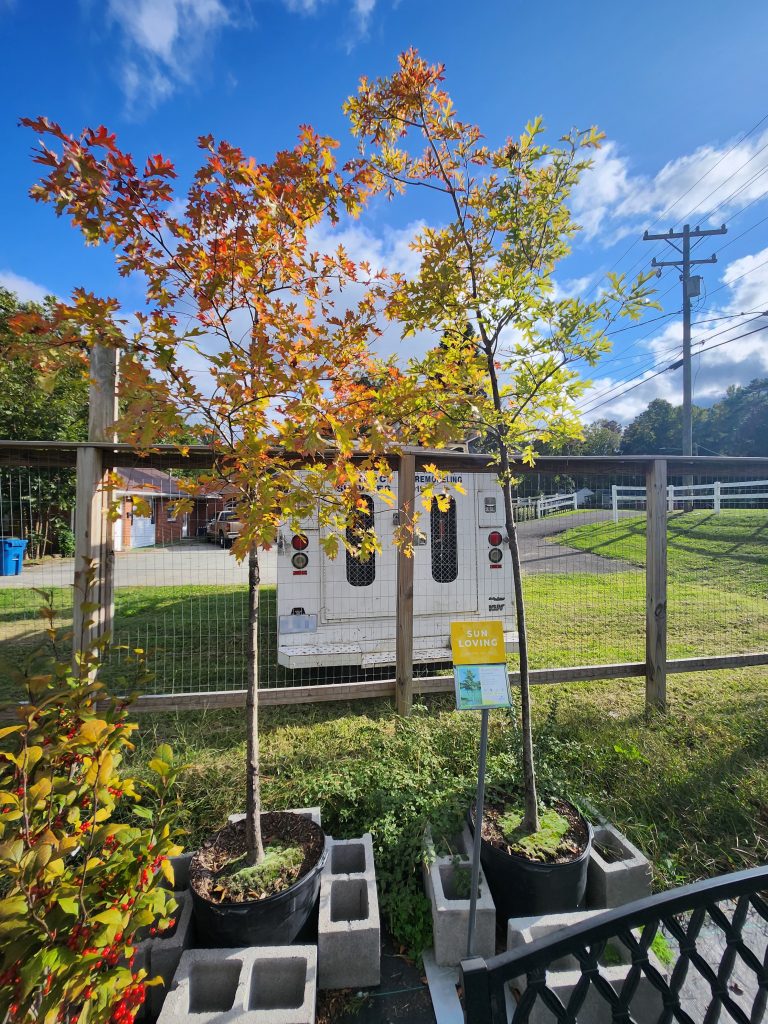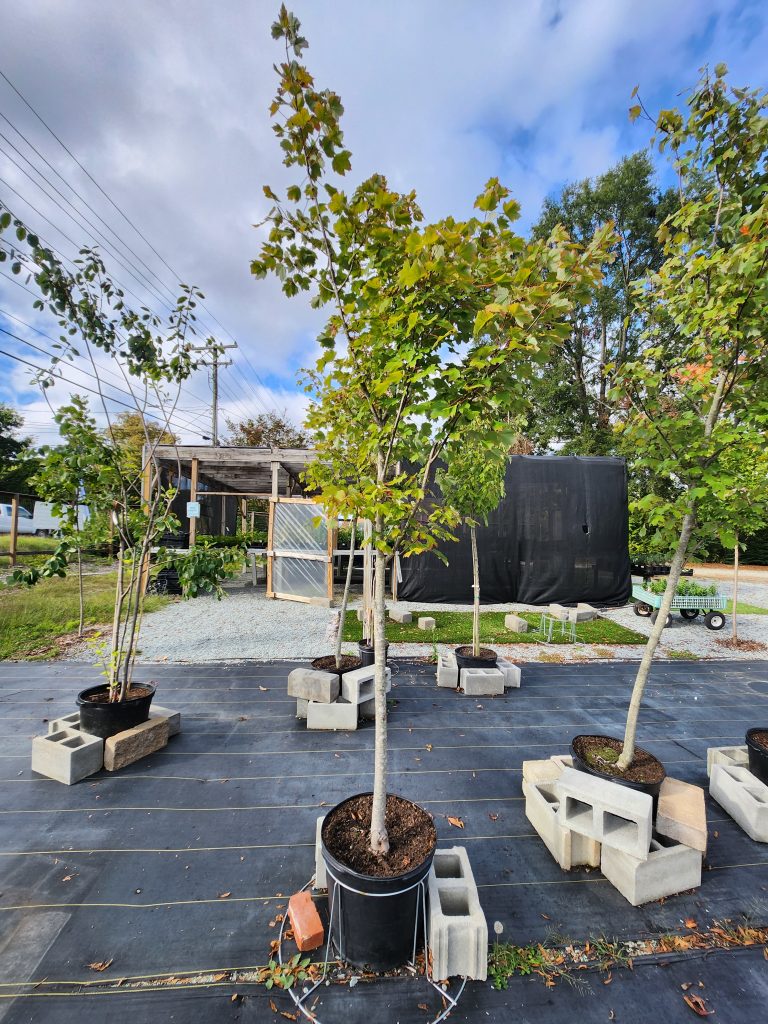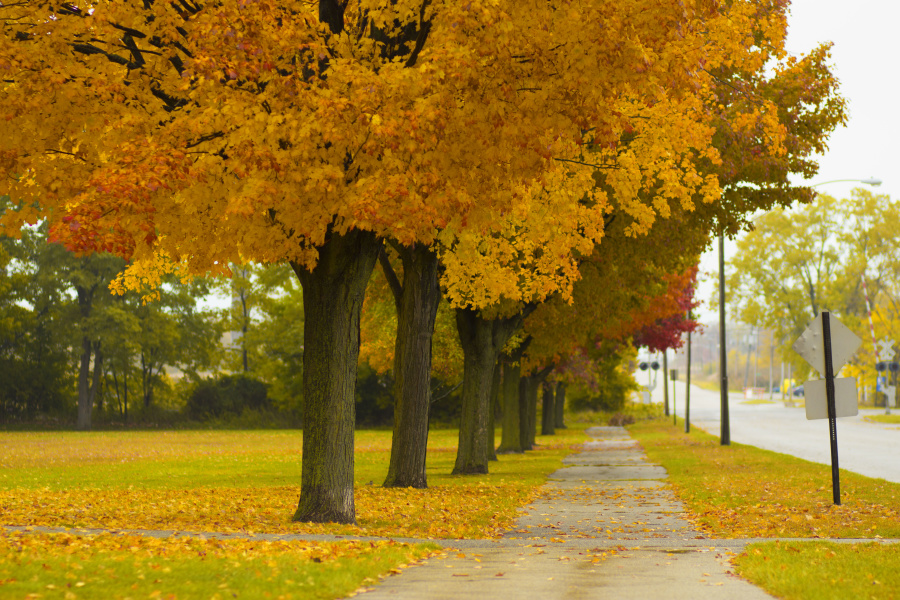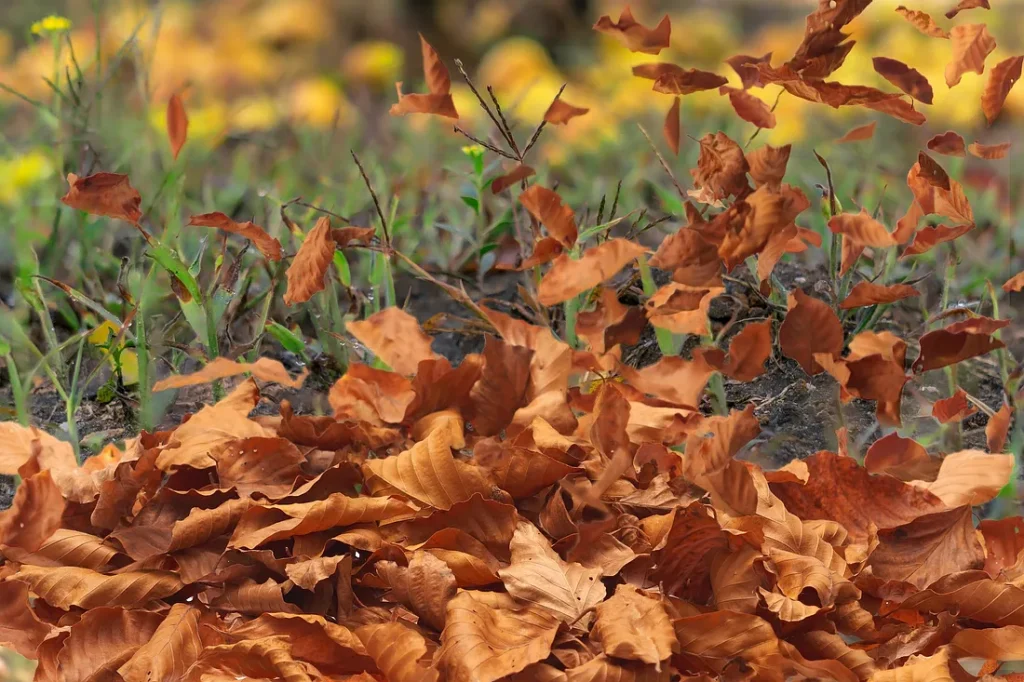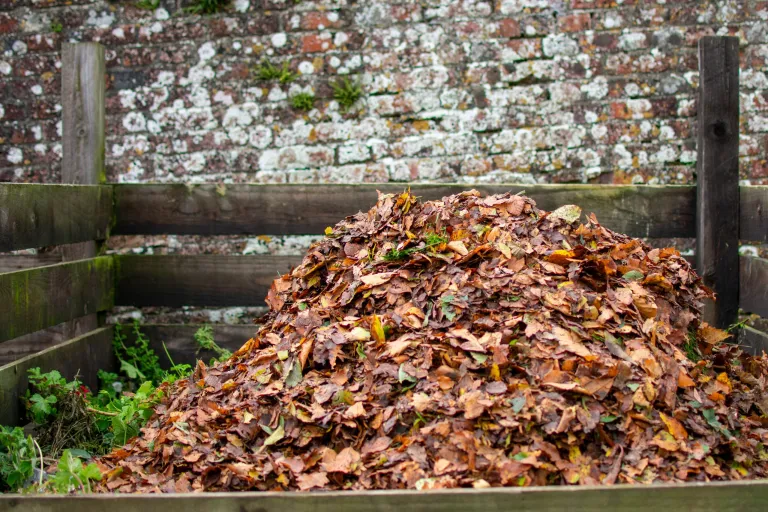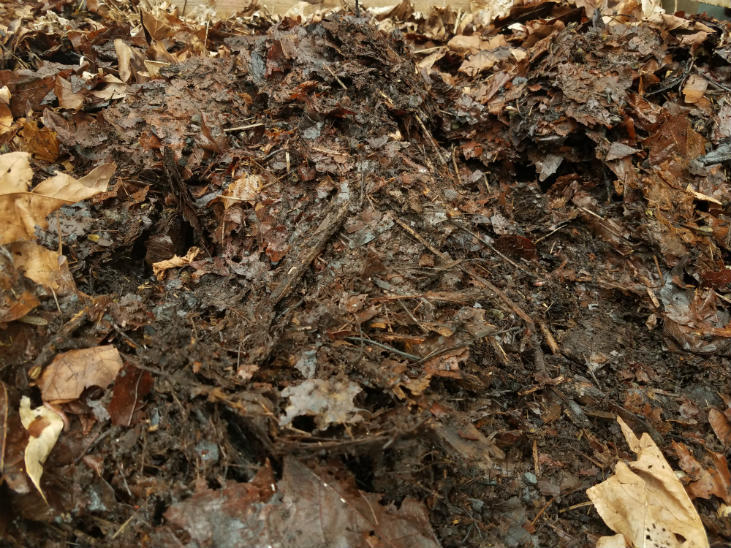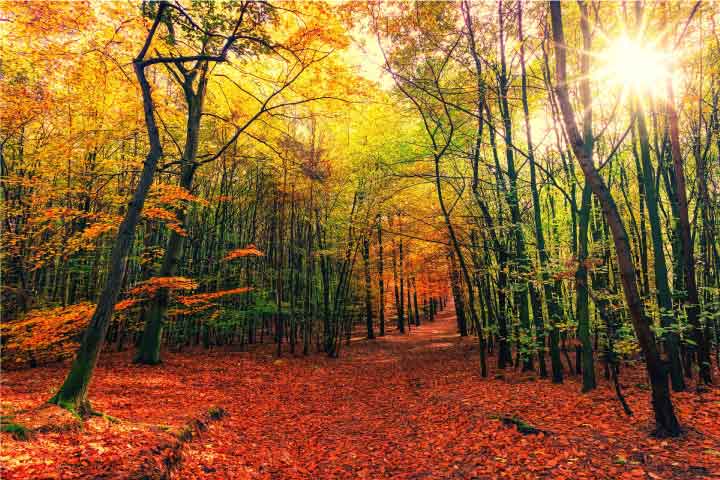Nature’s Prime Time for Tree Planting
Spring, a beloved season for cultivation, is often set against autumn, a period brimming with possibilities for discerning horticulturists. Autumn drenches the world in vivid hues, ushering in a brisk, cool breeze, heralding the onset of the dormant season. While winter represents a period of rest, autumn is far from inactive, rather, it lays the groundwork for the rejuvenation cycle. Shed leaves enrich the soil, and the cool climate allows plants to channel more energy into root growth, making autumn a pivotal period for tree cultivation. Autumn’s temperate climate and consistent rainfall forge the perfect environment for saplings to form roots. These trees have a head-start over their spring-planted counterparts, as they can cultivate sturdy roots free from the strain of summer heat. By spring, trees planted in autumn are primed for new growth. Despite spring’s renown, autumn’s distinctive advantages and tranquil beauty warrant recognition. Autumn serves as a reminder that terminations can be aesthetically pleasing and stands as an underappreciated champion of tree cultivation.
Tapping Into the Tree’s Natural Cycle
As autumn sets in, trees undergo a vital transformation, shifting energy from their leaves to their roots in preparation for winter and upcoming spring rebirth. This cyclical transition fortifies the roots which anchor the tree and absorb water and nutrients necessary for growth and survival. Planting trees during autumn aligns with their natural growth cycles and encourages a strong root foundation. Freed from leaf production, they can focus on developing robust roots to survive the winter. This investment pays off in spring when these well-rooted trees, healthier and more resilient, blossom into full glory and contribute to the planet’s green cover. In short, autumn tree planting provides a head start for adaptation and flourishing. It’s not just a gardening practice, but a way of working with nature’s rhythms to ensure the survival and thriving of these vital components of our planet’s health.
Balancing Warm Soil and Cool Temperatures
As summer becomes fall, the soil remains warm yet is cooled by gentle breezes. This creates an ideal environment for young saplings to thrive, making fall a gardener’s delight. The balance between residual summer warmth and the onset of autumn chill allows trees to grow without extreme temperature-related stress. Summer’s intense heat can lead to rapid, damaging growth, while winter’s freezing cold can hinder growth. But fall offers a perfect middle ground for steady, healthy growth. This balance is a result of natural events, forming a conducive ecosystem for growth, with every element playing a crucial role. In essence, fall’s soil is a gardener’s dream, providing optimal conditions for young trees. This balance of warmth and coolness ensures growth without extreme temperature stress. This equilibrium showcases nature’s nurturing power, something gardeners eagerly anticipate each year. Hence, fall symbolizes hope, growth, and nature’s sturdy adaption to change.
Fewer Pests and Diseases to Worry About
Autumn gardening is enjoyable due to the reduced threat from pests and diseases that usually affect summer landscapes. These nuisances, including insects, rodents, and fungal infections, become less active or hibernate, creating a less hostile environment for new plants. The transition from summer to autumn brings not just aesthetic changes, but also relief for gardeners battling pests and diseases. These threats diminish considerably, allowing newly planted trees to adapt without interruptions. Fall provides an ideal time for trees to establish themselves, free from pests and disease. They can stretch their roots in search of nutrients, water, and prepare for winter. It also allows gardeners to focus on nurturing the new trees without the worry of disease or infestation, helping them become resilient before challenging weather conditions. The peacefulness of fall reduces stress for trees, often experienced in warmer months due to pest attacks and harsh weather. Hence, fall planting enhances a tree’s health and longevity, preparing it for future adversities. In conclusion, fall planting offers a unique opportunity for gardeners and trees, providing a calm period for growth and adjustment, making this season a favorite among gardening enthusiasts, offering a respite after summer and a chance to appreciate their thriving gardens.
Giving Your Tree a Jumpstart on Spring
Watching your fall-planted tree sprout its first leaves while the neighborhood is still shaking off winter’s chill is one of the great joys of diligent gardening. As your neighbors are just starting to prepare their gardens, you’re already reaping the rewards of your foresight in planting last fall. Your tree, having established its roots during the colder months, now stands tall and vibrant, a testament to your labor and foresight. The sight of fresh green leaves is a breath of relief after a long winter and a symbol of nature’s resilience. This fall-planted tree, strengthened by its time settling into the earth, is a symbol of life’s triumph over the cold winter months. The sight of your tree sprouting its first leaves as the neighborhood awakens from winter is an enduring memory. It’s a celebration of rebirth, renewal, the resilience of nature, and the result of your hard work. Seeing your tree burst into life with vibrant leaves is more than just a tree; it’s a symbol of dedication, hard work, and the beauty of nature when cared for. The joy of seeing your work come to life at the onset of spring is a unique pleasure only those who have experienced it can understand. It’s a celebration of life, growth, and the resilience of nature, something uniquely personal and rewarding.
Arbor Manual
For those eager to know the intricacies of caring for young trees, dive into our guide Taking Care of Your New Tree. It’s packed with everything you need to know to give your tree the best start possible. Dive in and uncover the joy of fall planting!

